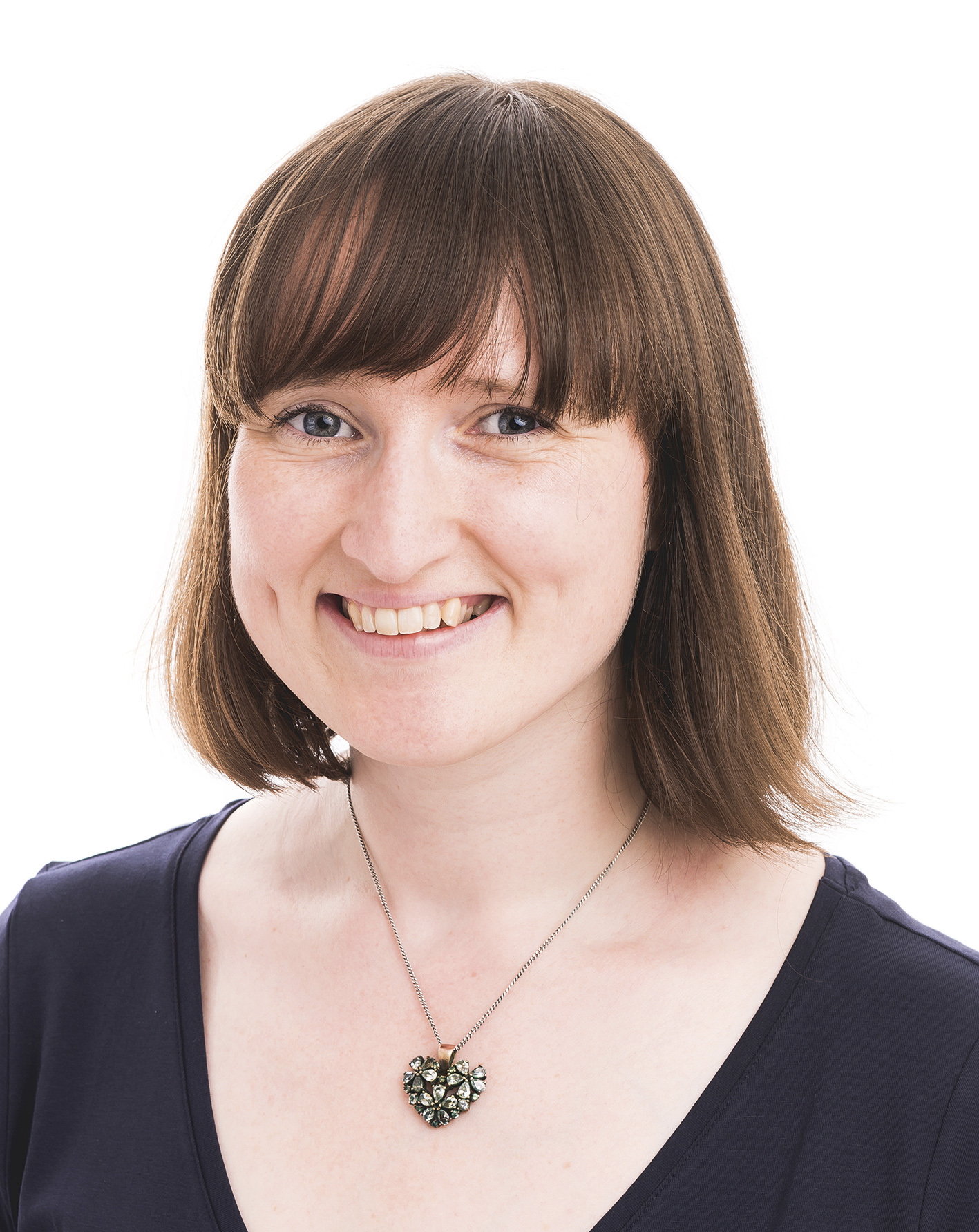1805-1847
Nationality German
A child prodigy, Fanny Mendelssohn was considered to be as equally talented as her younger brother. But while their family saw Felix as destined for a career as a professional composer, Fanny was expected to lead a purely domestic life. This she did – happily marrying the artist Wilhelm Hensel and raising their son Sebastian – but she also continued to compose and hosted popular concerts at home. Despite the misgivings of her father and brother, but with the support of Gounod and her husband, she eventually began to publish her music. Her Lieder Op. 1 appeared in 1845. Two years later, she died from a stroke.
Most notable works
Das Jahr
String Quartet in E flat
Piano Trio in D minor
Oratorium nach Bildern der Bibel
Lieder Op. 1
A life in brief
1805 The eldest of four, she is born into an affluent Jewish family on 14 November in Hamburg where her father Abraham is joint head of Mendelssohn’s Bank.
1812 To avoid discovery of their connections with smuggling, the family flee to Berlin. Lea, Fanny’s mother, supervises extensive home tutoring for her children, though the musical prodigy Fanny is sent for lessons with the renowned pianist Marie Bigot in Paris in 1816
1819 Fanny converts to Lutheranism. Already able to play Book One of Bach’s ‘48’ Preludes and Fugues from memory, she takes composition lessons from Carl Friedrich Zelter who admits her and her brother Felix to the Berlin Sing-Akademie
1829 Told by her father that music ‘can and must only be an ornament’ but not a career for her, she marries Wilhelm Hensel, painter to the Prussian Court, though she continues to compose piano pieces and Lieder, some published under Felix’s name. She gives birth to her only surviving child, Sebastian, in 1830
1830 She creates her own salon Sunday afternoon concerts Sonntagsmusik at which she plays and conducts her own music (the Overture in C, several cantatas including Lobgesang) and works by Beethoven, Mozart and her favourite, JS Bach
1837 She publishes her song Die Schiffende which her brother subsequently concedes is ‘all the rage’ and is praised by Robert Schumann. She gives her only public performance in 1838, playing Felix’s G minor Piano Concerto
1846 Heartened by two trips to Italy and with the support of Charles Gounod and her husband she finally publishes her Op. 1 of six songs. A flurry of other publications follows and she composes one of her greatest works, the Piano Trio in D minor
1847 She dies suddenly after a stroke in Berlin on 14 May. Felix is traumatised by the news and dies six months later, also of a stroke. Their remains are buried side by side in the Dreifaltigkeitskirche cemetery in Berlin
Read more:
